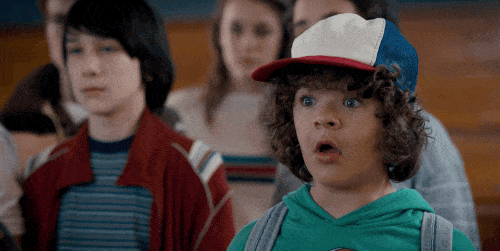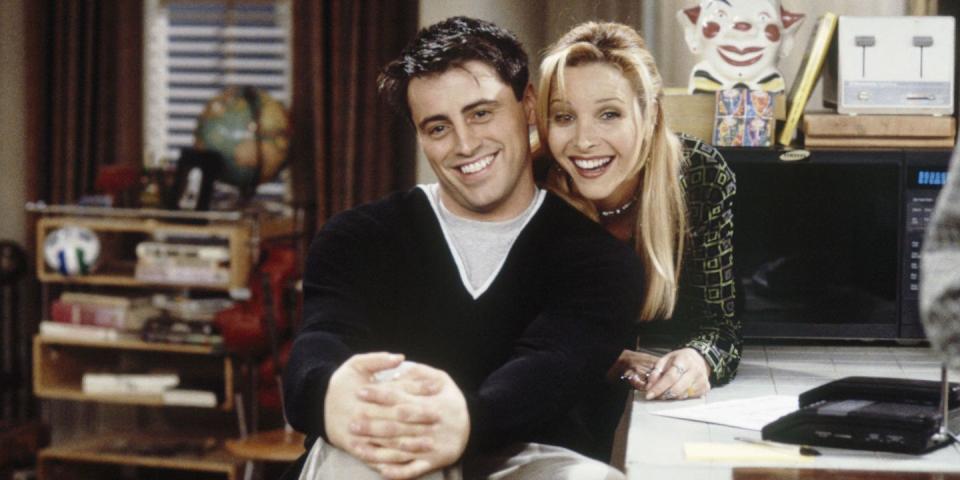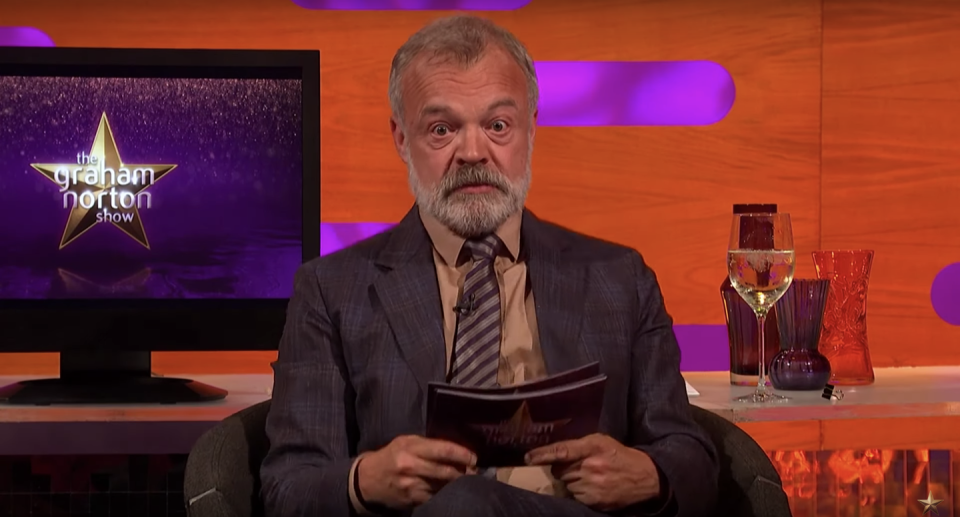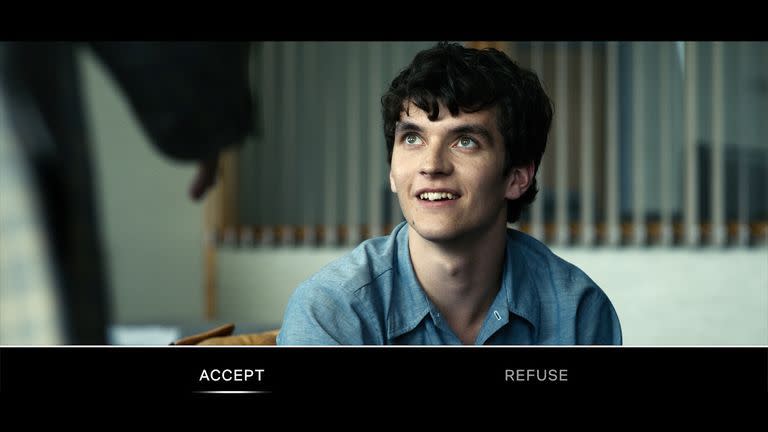Netflix is facing its biggest threat to date

Last month, a rumble of shock reverberated around the television industry. Netflix – giant of streaming and all-round top dog of modern TV – had seen its US subscriptions dip by around 125,000. That's in stark contrast to the increase of 352,000 that its team of analysts had predicted. Gulp.
Why does this matter? Well – it's the first time in years (since 2011, to be precise) that Netflix's American audience has shrunk rather than grown. The impact was instant and visible, with Netflix losing 10% of its stock market value in a flash.
Depending on who you believe, the dip can be attributed to everything from rising subs charges to the state of Georgia's Heartbeat Bill (a piece of anti-abortion legislation), with theories suggesting Netflix's stance against the bill resulted in thousands of customers cancelling their subscription.
Naturally, that's the tidal flow of huge corporations: they rise, they fall, they rise again – and don't feel too sorry for the California-based organisation, as it still has upwards of 150 million global subscribers.
Regardless, Netflix has had a tough time recently. The Standard package, which permits you to stream from two different devices at the same time, has risen from £7.49 per month to £7.99. Premium accounts have risen from £8.99 per month to £9.99. Sure, these incremental increases aren't exactly going to break the bank but with some UK users seeing their monthly payments increase by as much as 20%, viewers have been left wondering what, exactly, they're paying more for.

Furthermore, Netflix has recently lost a few heavy-hitters from its stable of much-loved shows. You know the type, the ones you turn to when you're a bit hungover, or in need of cheering up, or simply want to sink in front of a boxset that you don't need to try too hard with… Friends and The Office were two such shows that Netflix lost its grip on earlier this summer.
Old shows, so who cares, right?
Wrong: according to a survey conducted by Morning Consult in America, practically half (49%) of the 18-29 demographic "would cancel their Netflix subscription" if it lost shows like, er, Friends and The Office.
The stats are astonishing - according to the research, subscribers across the globe watched The Office for 52 billion minutes in 2018, whilst Friends was watched for 32 billion minutes. (At this point, it's worth noting that The Office is currently still available on Netflix in the USA; it was pulled from the UK platform in 2015.)

The same data set also found that Disney movies have a similar sway over viewers, with the same 49% admitting they would consider scrapping their subscription if Disney films were no longer available to stream.
Let's not tell them that, actually, Disney films are already no longer viewable through Netflix – the corporation has been steadily removing its content from the platform in order to make it available exclusively on its very own imminent streaming service.
Which brings us, quite neatly, on to the real headache that Netflix is facing: the emergence of other streaming platforms. While it has held on to its crown against the likes of Amazon Prime and Hulu, huge brands like Disney, Apple, AT&T and NBCUniversal are now entering into the mix, offering viewers their own shows and content rather than permitting Netflix to show it.
Damian Mason of digital privacy specialists ProPrivacy said: "Sitting as the world's seventh-largest internet company by revenue, it is understandable that competition has tried to replicate this success, prompting rivals such as Amazon Prime Video and Hulu. 2019 is about to get even more crowded, with BritBox expanding into more territories, Disney+ and AppleTV+ both debuting for the first time and WarnerMedia's HBO Max on the horizon".
Mason continues: "This highly contested medium of content distribution is slowly but surely eclipsing traditional live television services, forcing them to evolve with their own on-demand features in order to survive. Just how long they will last is still up for debate, as customers are still forced to commit to a year-long contract with most cable and satellite packages while never touching most channels included within the bundle".

Interestingly, it's worth noting that at the time of writing, a new report from Ofcom revealed that Netflix is the fourth most popular television 'channel' in the UK, coming in behind BBC One, ITV and YouTube. The shift towards Netflix et al might be happening but it's arguably got a way to go yet before it can beat the pull of Graham Norton or the EastEnders' Christmas Day special.
That said, viewers still watch 50 minutes less 'traditional' TV than they did in 2010. Streaming subscriptions, meanwhile, increased by 3.5m to 19.1m in 2018.
Speaking about the study, Ofcom's Yih-Choung Teh observed: "The way we watch TV is changing faster than ever before. In the space of seven years, streaming services have grown from nothing to reach nearly half of British homes. But traditional broadcasters still have a vital role to play, producing the kind of brilliant UK programmes that overseas tech giants struggle to match".

It might 'struggle to match' the must-tune-in tension of a weekly Beeb drama, sure, but Netflix has its own hugely successful original content to fall back on. Around the time of the Friends and Office culls (lest we forget), series three and seven respectively of Stranger Things and Orange Is The New Black landed on the platform, with both shows pulling in millions of addicted viewers.
Others that fall into the 'original' remit include cult documentaries such as Making A Murderer and FYRE, as well as watercooler dramas 13 Reasons Why and Russian Doll that ensure you don't want to be the only person who hasn't watched them.
Then there are the dabbles with interactive content, too – think Bandersnatch, for example, which offers the viewers the opportunity to create their very own storyline.

Netflix's Chief Content Officer, Ted Sarandos, says of their approach towards fresh content: "We grow through … making these early investments in original programming and getting our consumers and our members much more attuned to the expectation that we're going to create their next favorite show. Not that we're going to be the place where you can get anything every time," he explained in Netflix's recent Q2 Earnings Interview (which you can watch in full here).
"And we think there's more value in that proposition than there would be in the kind of low-price aggregator."
So Netflix's strategy is to be the Mark of Quality, not the one-stop shop.
Of course, the beauty of the originals lies in the fact that they can't be accessed anywhere else. Want to watch Secret Obsession? You're going to need a Netflix account. Need to see more Queer Eye? It's time to renew that subscription, my friend. Arguably, the appeal of Netflix lies in the fact it isn't pigeon-holed: it offers a wide array of genres and formats, from interactive dramas to vintage movies, via reality entertainment and original stand-up. There's something for everyone.
With households around the globe unlikely to want to splurge too much of their hard-earned income on multiple streaming platforms, it's safe to say Netflix is determined to make its content a truly irresistible prospect for viewers.
And we're all still watching. For now.
Want up-to-the-minute entertainment news and features? Just hit 'Like' on our Digital Spy Facebook page and 'Follow' on our @digitalspy Instagram and Twitter account.
You Might Also Like

 Yahoo News
Yahoo News 